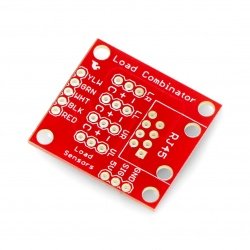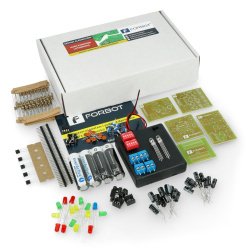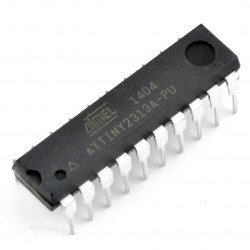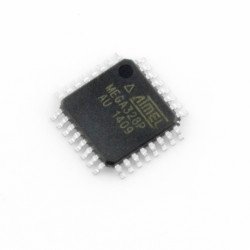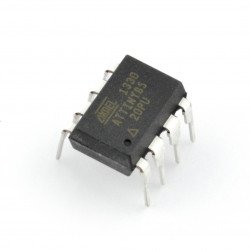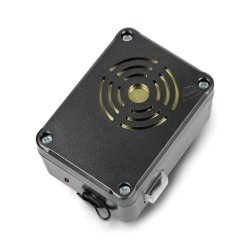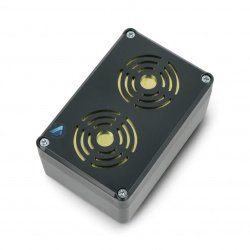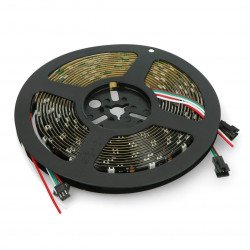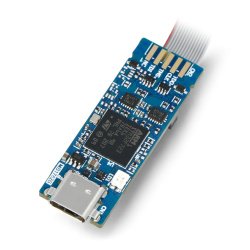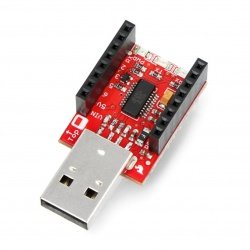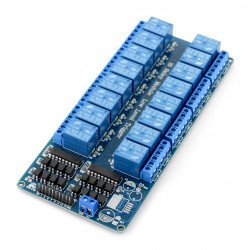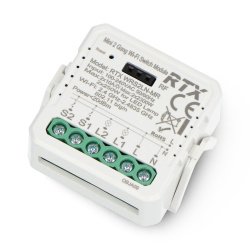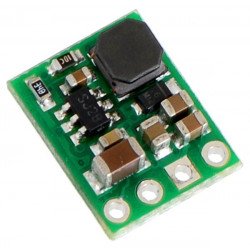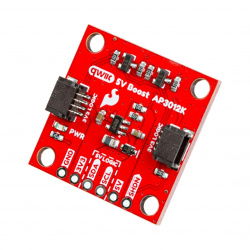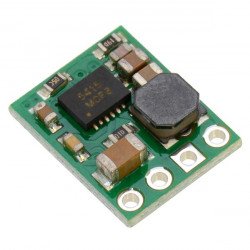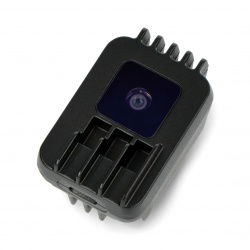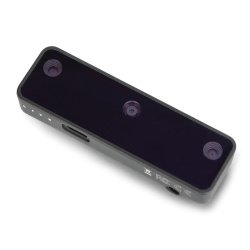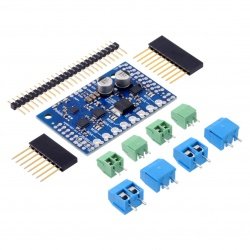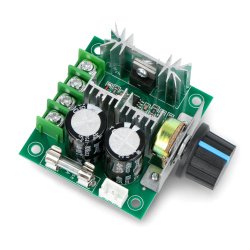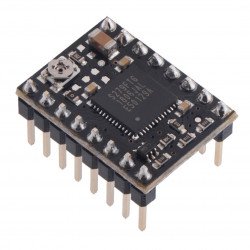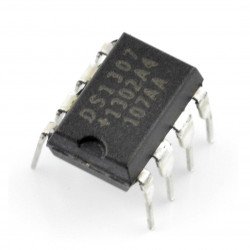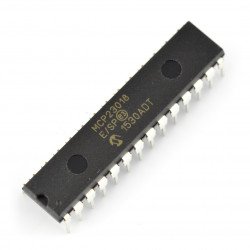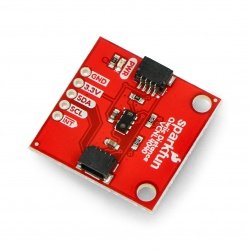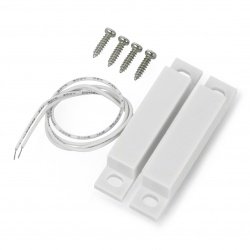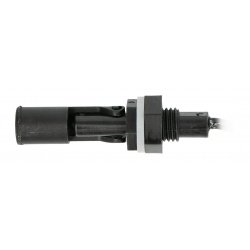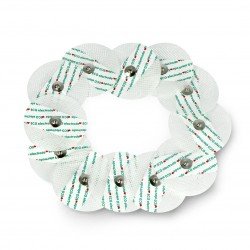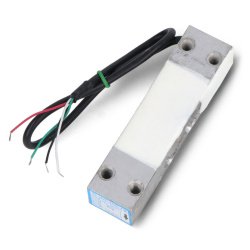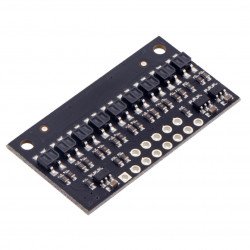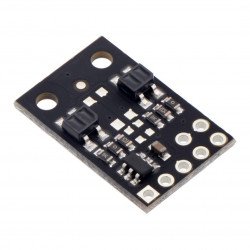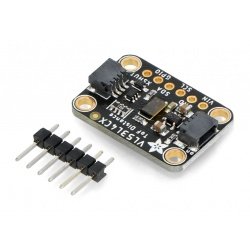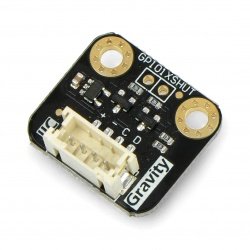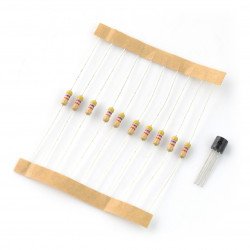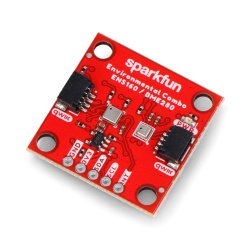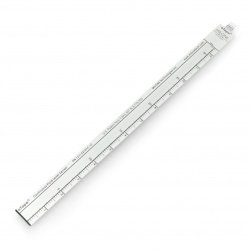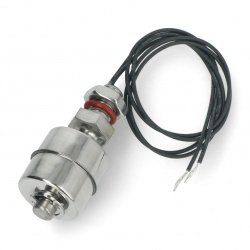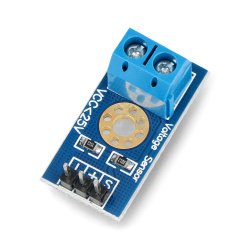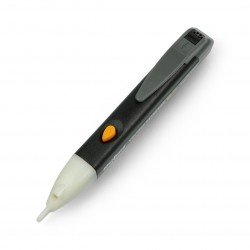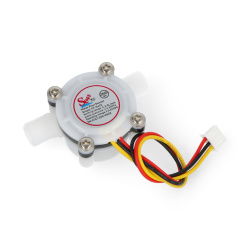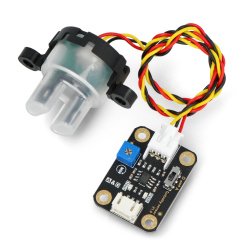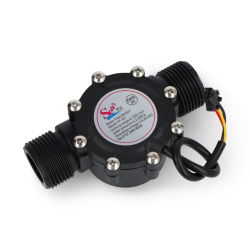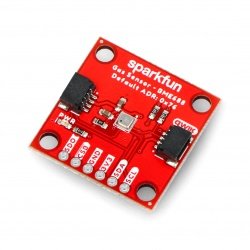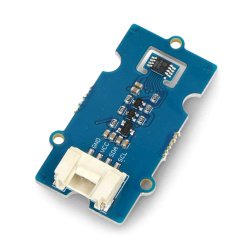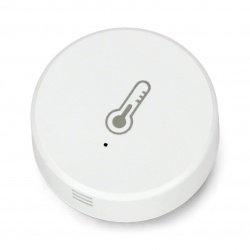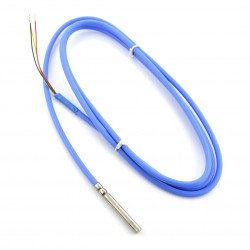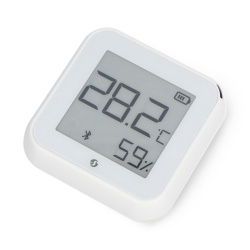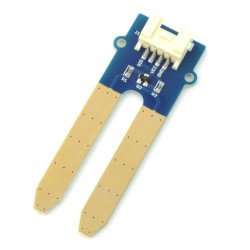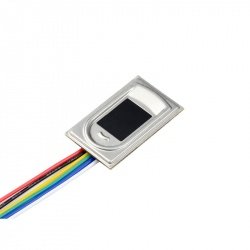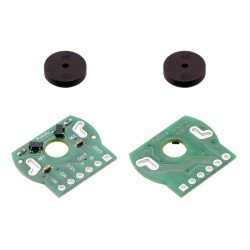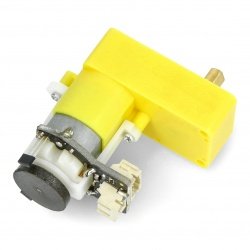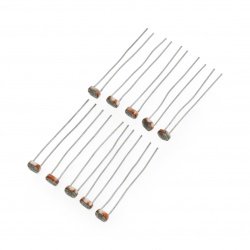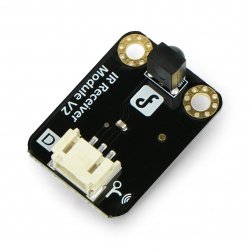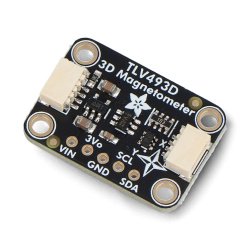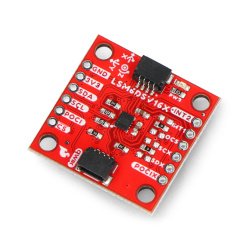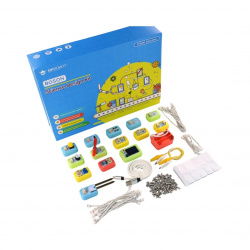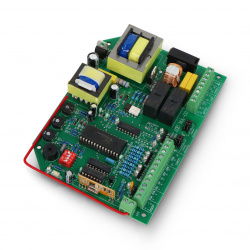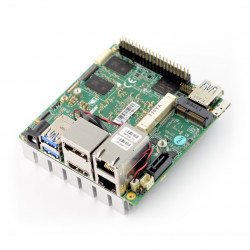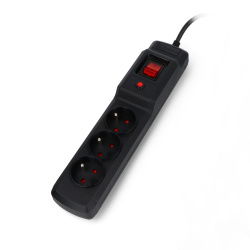Battery capacity calculator
If you want to find out how long your battery will last, the calculator available on this website will be the perfect tool for you to make appropriate estimates. All you need to do is enter the necessary data in the appropriate form fields - the rated capacity of your cell or battery pack and the average value of the current consumed by the powered system - and our system will calculate the predicted durability of the energy source for you. Remember that data on battery capacity (but also disposable batteries) are provided for certain specific conditions - the actual operating time of the device may differ from that calculated by the battery discharge calculator available here, especially if the current consumption is high or the device will operate continuously. , not impulse.
Battery capacity calculator – principle of operation
The capacity of batteries and accumulators is most often given in a unit called ampere-hour (Ah) or milliampere-hour (mAh) - in both cases, created by multiplying the time interval (1 hour) by the unit of current (1 A or 1 mA, respectively). This means that a 5Ah battery can power a device that consumes 1 A of power supply for 5 hours or - for example - a 100-milliamp device for 50 hours (i.e. over two days). However, remember that there are limits to the accuracy of such calculations - regardless of whether you do them manually or using a battery life calculator . But why?
Battery discharge time: calculator vs. reality
Although theoretically the same battery could provide a current of 10 A for 30 minutes (0.5 h), in practice the effective capacity will be lower - the higher the discharge current, the faster the amount of energy available in the battery runs out (compared to the rated values). ). For this reason, in the case of power-hungry devices (e.g. mobile robots), you must always assume a certain reserve of capacity - at least 20-30%, and the more, the better. A battery life calculator is necessary to initially estimate the capabilities of a given power supply system, but in practice it is always worth checking the behavior of your energy source in real conditions. If possible, you should also ensure that the device operates in the most energy-efficient manner possible, e.g., put the microcontroller in a low-power mode at a time when full computing power is not needed - this way you can surprisingly extend the system's operating time.




















































































